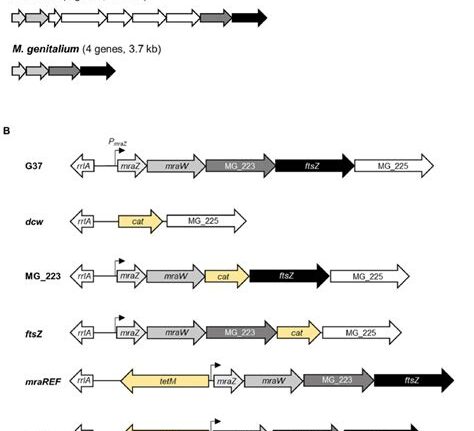In the vast expanse of space, where mysteries abound and wonders never cease, a group of astrophysicists embarked on a quest that would redefine our understanding of planetary systems. The REASONS (REsolved ALMA and SMA Observations of Nearby Stars) study stands as a beacon of light in the realm of exocometary exploration, shedding new insights on the enigmatic belts encircling distant stars.
Imagine peering into the depths of space through the lens of cutting-edge technology, capturing glimpses of celestial phenomena that have long eluded human sight. This is precisely what the Atacama Large Millimeter/submillimeter Array (ALMA) in Chile and the Submillimeter Array (SMA) in Hawaii achieved with remarkable precision. These radio telescopes unveiled a tapestry of exocomets – icy boulders mingling with rocky debris within intricate belts spanning tens to hundreds astronomical units from their stellar hosts.
“Exocomets are boulders of rock and ice, at least 1 km in size, which smash together within these belts…”
Dr. Luca Matrà, an esteemed Associate Professor at Trinity’s School of Physics and senior author of the research article published in Astronomy & Astrophysics, eloquently describes these cosmic wanderers as harbingers of frozen splendor. With temperatures plunging to -250 to -150 degrees Celsius in these regions, water and various compounds lay trapped within icy confines upon the exocomets – offering a glimpse into the reservoirs that shape planetary systems across galaxies.
As we delve deeper into this celestial ballet choreographed by gravitational forces and cosmic collisions, Dr. Sebastián Marino from the University of Exeter unveils a panorama rich in diversity. The images captured by ALMA and SMA reveal not mere rings but expansive disks that defy conventional notions – hinting at unseen planets whose gravitational pull sculpts these ethereal landscapes.
“The power of a large study like REASONS is in revealing population-wide properties and trends.”
Through meticulous analysis and collaborative efforts spanning scientific communities worldwide, Prof. Matrà underscores how REASONS serves as an invaluable compass guiding us through uncharted territories teeming with insights waiting to be discovered. The ebb and flow observed within these exocometary realms offer tantalizing clues about planetary evolution – from dwindling pebble populations heralding aging systems to hidden celestial bodies lurking amidst veils of stardust.
Amongst those who gaze upon these revelations with awe is Dr. David Wilner from Harvard & Smithsonian’s Center for Astrophysics – an astrophysicist whose reverence for ALMA and SMA resonates deeply within his words. These technological marvels continue to unravel cosmic mysteries, providing us with profound revelations that transcend time and space itself.
“Arrays like the ALMA … are continuing to give us incredible new insights into the universe.”
As we reflect on this epoch-defining survey known as REASONS, its legacy echoes across galaxies yet uncharted, beckoning future generations to peer beyond horizons unfathomable. From studying belt origins to delving into planetary system dynamics across vast wavelengths spanned by JWST or upcoming telescopic giants like ARKS Large Program by ALMA, there lies a trove of knowledge awaiting those willing to traverse the cosmic tapestry woven by ancient stardust.
In closing this chapter on exocometary odysseys unveiled through REASONS’ lens, let us embrace the boundless curiosity that fuels humanity’s insatiable quest for knowledge amidst infinity’s embrace.









Leave feedback about this